
AI doesn’t make you an artist.
Art: DALL-E/OpenAI
With the click of a button, you’re a Picasso—at least you think you are.
Today, the emergence of AI-generated art has sparked an interesting and complex discussion about creativity, authenticity, and the very essence of art. The advent of tools like DALL-E, which empower individuals to create images from textual prompts, has democratized art creation, enabling those without traditional artistic training to explore their creative—carefully chosen word here—impulses. However, this ease of access and creation has raised concerns about the devaluation of artistic skills and the potential erosion of the rich, nuanced process that has historically defined art-making.
The Democratization of Creativity
AI-generated art, at its core, is a testament to human ingenuity and the relentless pursuit of innovation. By simplifying the creative process, it has opened doors for individuals who, though lacking in formal artistic training, possess a deep appreciation for aesthetics and creativity. This democratization has led to a burgeoning of diverse, imaginative expressions, transcending traditional barriers to artistic creation.
The Dilemma of Authenticity and Skill
However, the ease with which AI can generate complex artwork has shined a light on the authenticity of such creations. Critics like me argue that AI-generated art lacks the intrinsic value of traditional art, which is deeply intertwined with the artist’s personal journey, skills, and emotional investment. This perceived dilution of artistic integrity and the relegation of the artist to a mere “prompter” has led to concerns about the “lost art of art.” Perhaps we’ve even moved from “click bait” to “click creation” where vapid, contrived images are generated with little sense of design or artistry—only the frigid recommendations of today’s digital curators.
The true essence of art lies not in the medium but in the human experience and perspective that shape it. AI, despite its advanced algorithms, lacks the capacity for emotional depth, context, and the nuanced understanding that human artists bring to their work. Therefore, the role of the human artist and audience remains central, even in an AI-dominated landscape.
It’s Not All Ugly
As AI-generated art continues to evolve, becoming increasingly sophisticated and nuanced, it is poised to act as a catalyst for human creativity. The rapidly improving quality of AI-congered art is not just a technological marvel but a creative stimulus that pushes human artists to explore new realms of imagination. This symbiosis between human and AI creativity is unlocking possibilities that were once confined to the realm of imagination. Artists are now challenged to delve deeper into their creative reserves, integrating AI’s capabilities to elevate their work to unprecedented levels.
This dynamic interplay is creating a fertile ground for innovation, where the limitations of human creativity are constantly being redefined. The future of art, therefore, is not a binary choice between human and AI, but a collaborative journey where each pushes the other towards new heights of creativity that might not have been achieved in isolation. This exciting trajectory suggests a future where art transcends its traditional boundaries, fueled by the limitless potential of human imagination augmented by AI’s evolving capabilities.
Looking forward, the integration of AI in art should be seen as an opportunity for collaboration rather than a threat. Artists can harness AI to push the boundaries of their creativity, exploring new forms and expressions that were previously unimaginable. This partnership between human ingenuity and AI’s capabilities could lead to a renaissance of creativity, marked by unprecedented diversity and innovation.
A Creative Future
The path forward lies in embracing AI as a tool that complements, rather than replaces, human creativity. By doing so, we can enrich the artistic landscape, ensuring that art remains a vibrant, dynamic expression of the human experience in the age of AI.







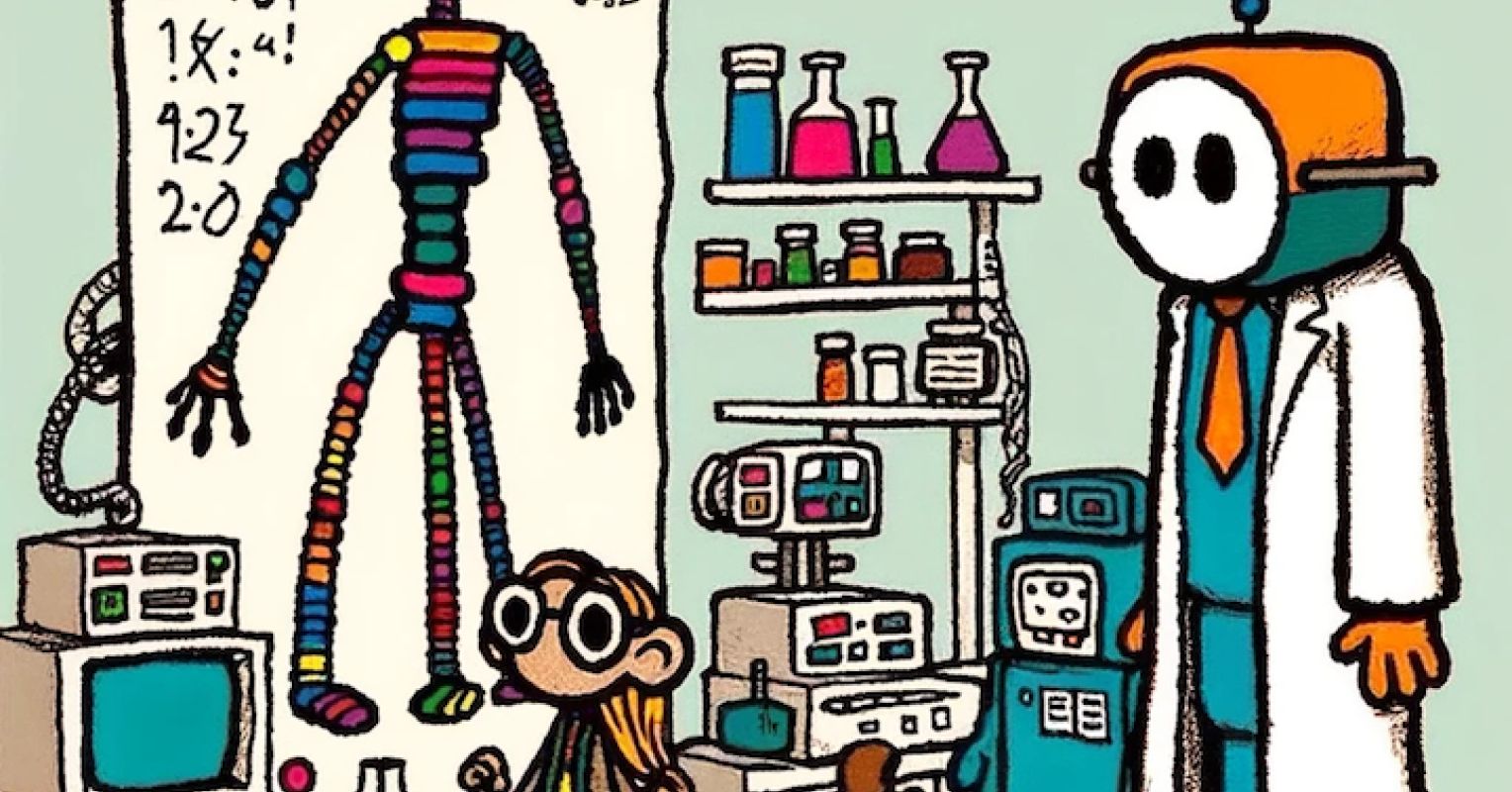
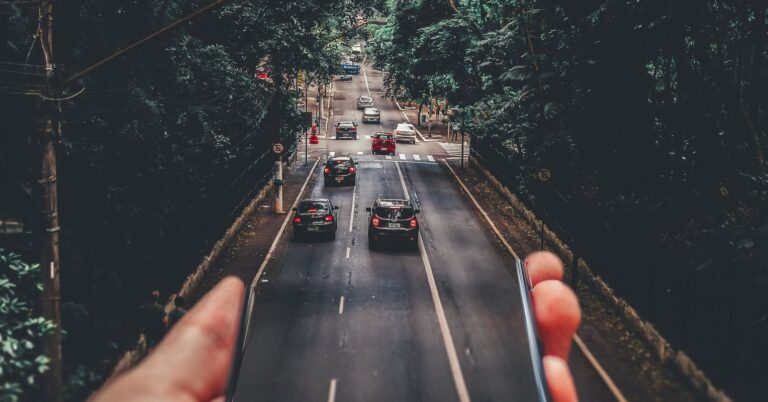
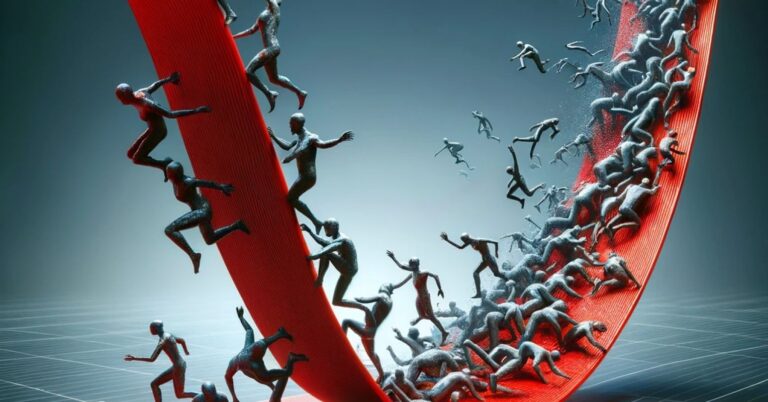

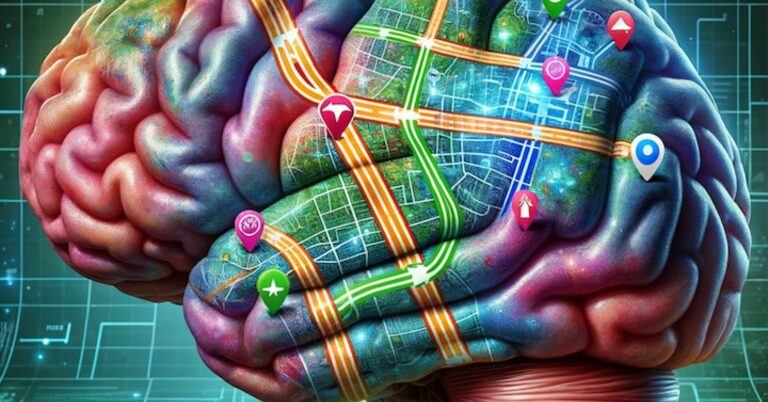
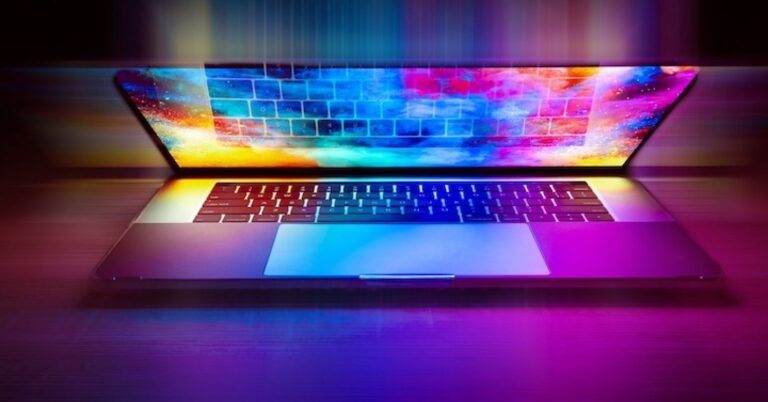







+ There are no comments
Add yours